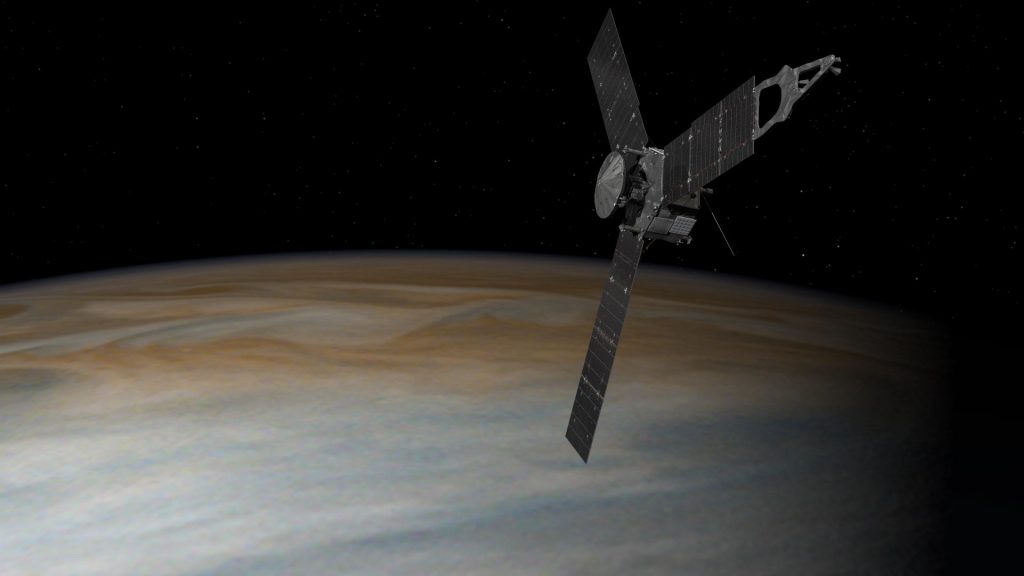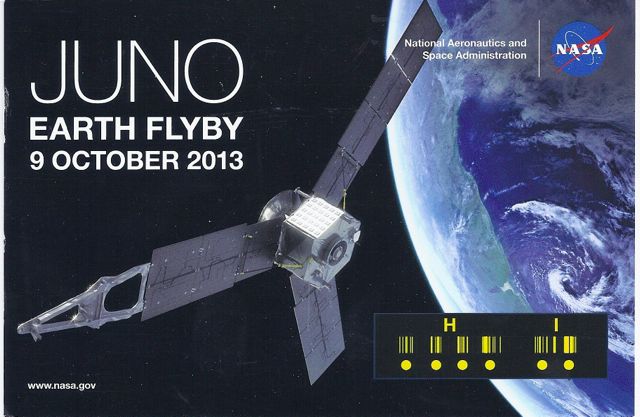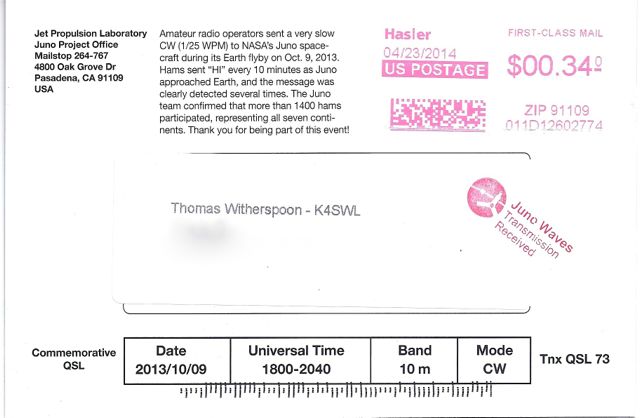(Source: The Alexander Association)
Reminder of Grimeton Radio / SAQ Transmission
The annual transmission “Alexanderson Day” with the Alexanderson alternator on VLF 17.2 kHz with the call SAQ will take place Sunday, July 3rd, 2016 at 09:00 UTC (tuning up from after 08:30 UTC) and will be repeated at 12:00 UTC (tuning up from after 11:30 UTC).
Amateur Radio Station with the call “SK6SAQ” will be QRV on the following frequencies:
– 7.035 kHz CW or
– 14.035 kHz CW or
– 21.035 kHz CW or
– 3.755 kHz SSBTwo stations will be on the air most of the time.
QSL-reports to SAQ and SK6SAQ are kindly received via:
– E-mail to: [email protected]
– or via: SM bureau
– or direct by mail to: Alexander – Grimeton Veteranradios Vaenner,Radiostationen
Grimeton 72
SE-432 98 GRIMETON
S W E D E NAlso read our website: www.alexander.n.se
The station will be open to visitors.WELCOME!
Yours
Lars Kalland / SM6NM
Alexander/SAQ




